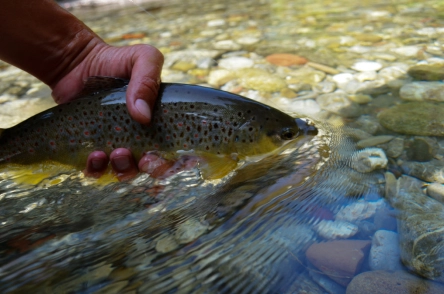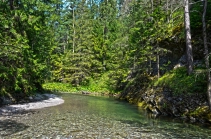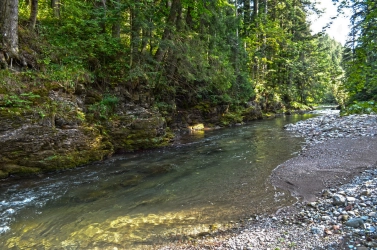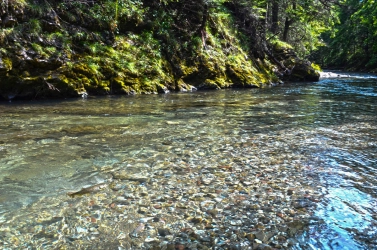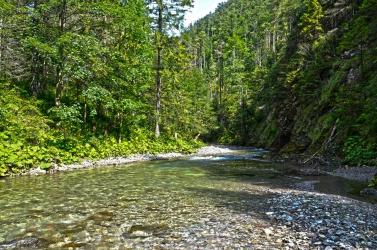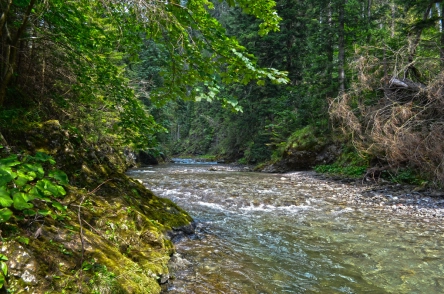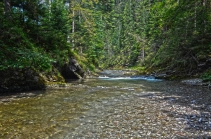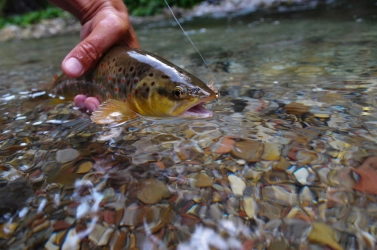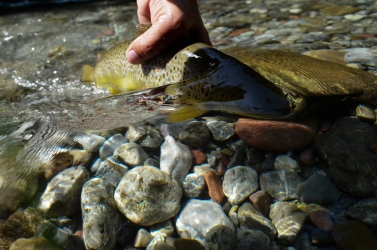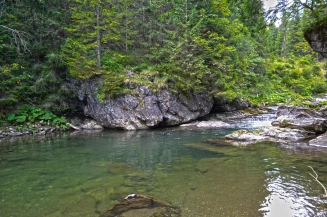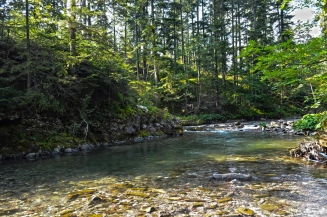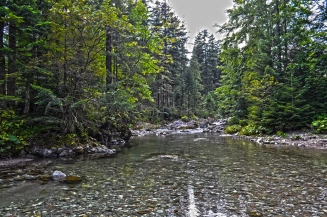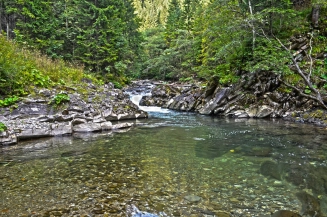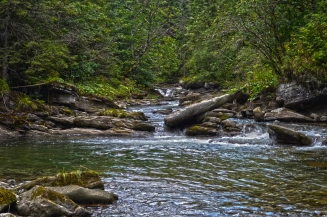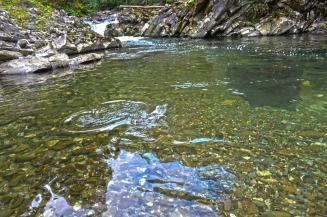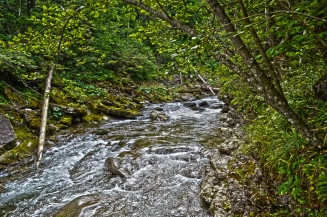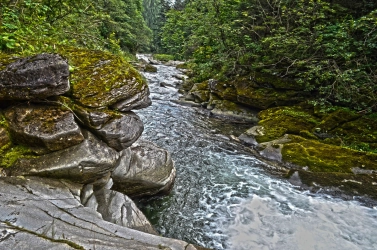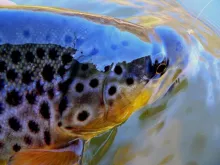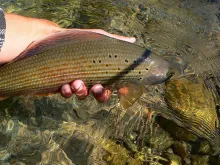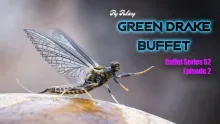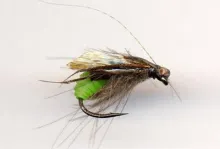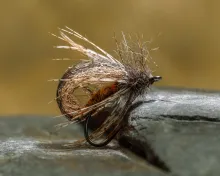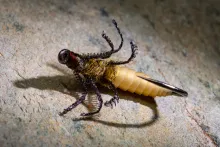Andrej Polcic shares his exploration of the crystal clear mountain rivers of Slovakia
It has become a tradition of mine to explore at least one new river a year in my beautiful country Slovakia. Having so many outstanding waters around my hometown, this task is not that easy to accomplish. However, this year I managed to visit more than one of these hidden nature treasures and would like to share one of these exploring experiences with you.
A big mystery
I know a great number of mountain rivers, rich mostly on wild brown trout and grayling, placed in countless mountain ranges across Slovakia. Nonetheless, river parts above the 1,000 meters or 3,000 ft. above sea level (MASL) were still a big mystery to me and a dream to fulfill. The Tatra mountains are our biggest mountains with the highest peak at 2,655 MASL (8,711 ft.).
Almost every river, which springs in the Tatra Mountains, has the crystal-clear disposition due to the granite stream beds, fast and cold water cutting its way through untouched forests, creating a unique of kind landscape.
To make the right decision when picking a river to explore, I always focus on four principles: unknown, hidden, hard to access and not many people around.
Andrej Polcic
The day arrived
After my research and careful preparation, the day of the river exploration arrived. It was a beautiful, sunny, summer day in August after a pretty dry period, which indicated that the water level should be optimal for fly fishing in this high mountain range area.
My first impression of this new river was a real amazement about the beauty of the river itself and its surroundings. Situated in deep valley with high granite cliffs covered with pine, fir and oak trees, deep emerald green pools, high elevated cascades and wild waterfalls. All in all a true fly fisher paradise on earth.
Just sitting on the bank and observing the scenery of this God's creation, filled my spirit with joy and peace.
Stoneflies, mayflies, caddis
By inspecting river stones, I found a lot of insects in this crystal-clear water. Larvae of stoneflies, duns, mayflies, but most of all caddisflies larvae - thousands and thousands of them. To “match the hatch” I decided to start fishing with the caddis nymphs. As already mentioned, the water was so clear that I had to be very careful when wading and casting my flies.
After figuring out the right length for my leader, I made the first casts into one magnificent deep pool. It wasn't easy to focus on my strike indicator being surrounded by such a gorgeous nature, which in a positive way distracted my attention. I consequently almost missed my first bite. Fortunately, I was able to set the hook and the first brown trout was on, ready to fight. His strength and jumping skills were very impressive, and after few strong runs, I managed to land him.
A healthy, deep wild brown trout and clear water created the best conditions for some photos and underwater filming.
After releasing my first brownie, I immediately hooked another beautiful brown trout and the action started again.
My plan
I forgot to mention my plan: to cover more than a 6 kilometers or almost 4 miles long stretch of this unique high mountain river in less than 7 hours. This meant wading movement and casting in tough terrain conditions, sometimes reminding more of river climbing or canyoning.
However, I was pushed and motivated by the curiosity, what might be hiding behind the next river bend.
Having caught few nice brown trout on nymph, I switched to big grasshopper pattern, trying to provoke the fish to come to the surface. And it worked well.
Cold water
Blind casting the big dry fly and observing wild brown trout rising from the deep pools made my fly fishing experience even more intense. These mountain brown trout were well fed and in great condition, even though the water temperature doesn't get above 8 degrees Celsius or some 46 deg F, even on the hottest summer days.
Speaking of cold water and not having waders, but only kiwi-style wading equipment - shorts and wading shoes - made my plan of exploring this river as fast as possible even more plausible. Constant upstream movement, climbing high cascades in narrow river gorges and crossing deep pools supplied me with enough adrenaline to forget the cold element.
Andrej Polcic
Higher, narrower
The higher I went, the narrower the river, and the deeper the pools the higher the water cascades and waterfalls.
These conditions provide a perfect habitat for some big brown trout. Unfortunately I was not blessed with landing one of them, but only spotting, fighting and loosing a few of these monsters. Nevertheless, I know they are there and till next season they will grow even bigger.
My words might not be enough to describe the above-mentioned beauty of this Slovak mountain river, so I supplement my text with photos and even produced short video, which shows my written exploring experience in its first half and the second half is dedicated to mountain rivers inhabited by grayling.
Top fly fishing destination
Experiences like this confirm me again and again in my conviction that Slovakia undoubtedly belongs to the top fly fishing destinations in the world.
But do not just take my word for it. To justify my opinion and for the sake of objectivity, I must mention one more fact. Slovakia was picked for the second time to be the venue of the most important event in the competitive fly fishing scene: FIPS MUCHE, the Word Fly Fishing Championship.
Should you be interested in visiting Slovakia and find more information on fly fishing in Slovakia, feel free to visit my homepage: www.flyfishing-slovakia.com
All the best and tight lines!
Andrej Polcic
Hand picked for this article
- Log in to post comments

